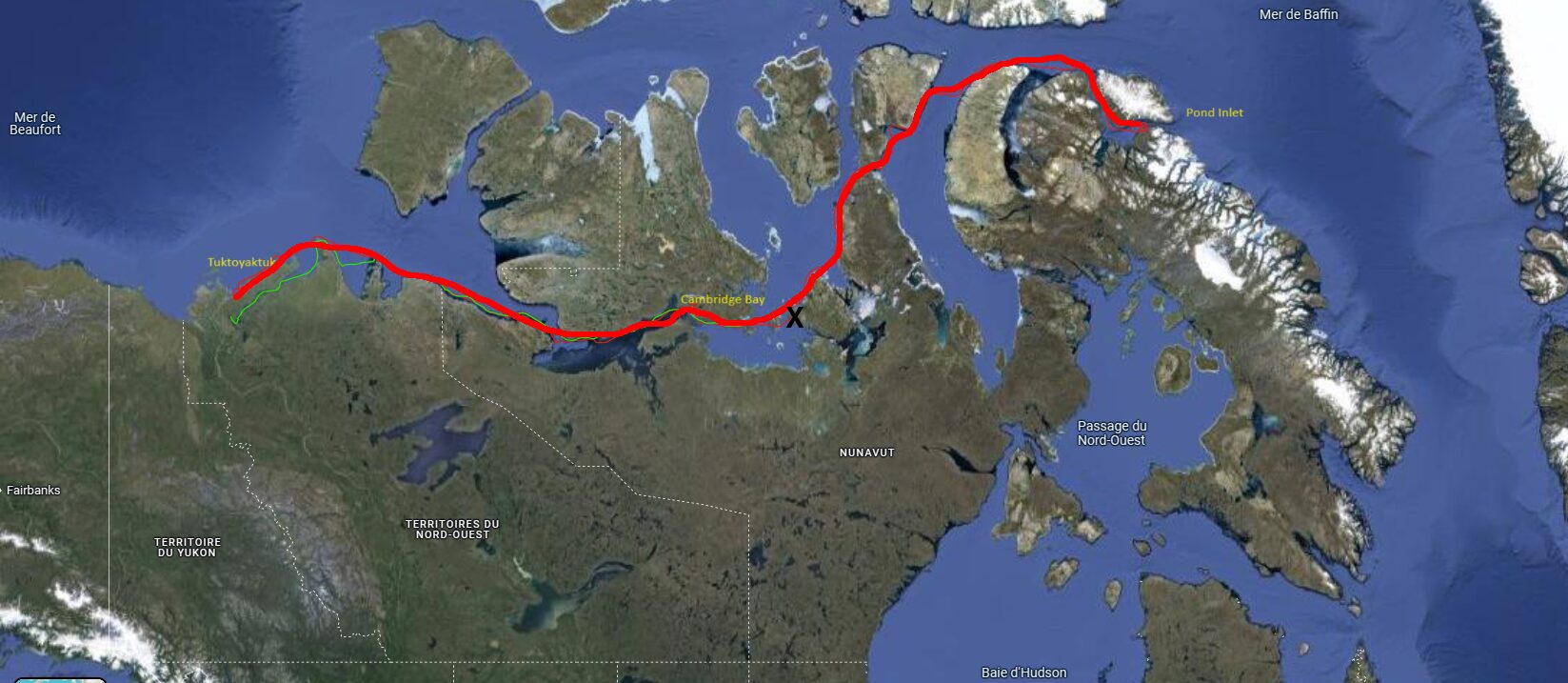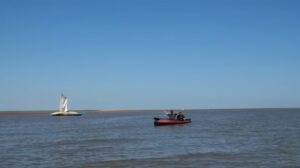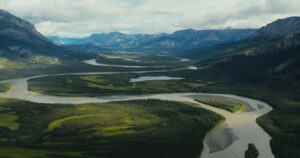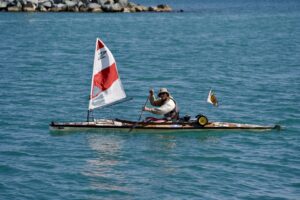Canadian kayakers Simon Carrier and Maxime Geoffroy had a good run of it, but they’ve ended their attempt to paddle the Northwest Passage from west to east.
They are currently on the west side of King William Island and are now backtracking to finish in Gjoa Haven, the island’s one community.
They decided to end their 3,000km expedition this week after a little more than halfway. Thick sea ice has blocked their progress around the northern tip of King William Island. Further ice awaits them in Peel Sound before they can transit Bellot Strait to the eastern High Arctic and clear waters.

The kayakers tried to round King William Island via the NW coast but had to turn around because of heavy sea ice. The red X marks their current location, as they head east to Gjoa Haven, where they will finish. The colored sections mark the current ice state in the Northwest Passage. Green sections are likely navigable, with detours; yellow, much more difficult; in the red sections, dragging the kayaks over sea ice would be necessary.
Since beginning their journey in mid-July, the pair has typically averaged over 40km per day. But even if the ice clears in a week or so, the delay would force them to paddle deeper into the stormy fall. Their final 1,000km would include several big open-water crossings, including 80km from Somerset Island to Baffin Island. At this time of year, night has returned, and they would not be able to enjoy the advantage of constant daylight on these marathon crossings.
Still not easy
Climate change has made the Northwest Passage easier than it was in John Franklin’s day, when sea ice often locked ships in place for years, with fatal results. But some summers, ice can still throw a wrench into mariners’ plans. In 1846, Franklin’s ships themselves became trapped in the ice at the northern tip of King William Island. All died.
The kayakers could have chosen to go around the south coast of King William Island — the standard route through the Northwest Passage. But if ice conditions are good, the northern route saves many kilometers. Last year, the Arctic Cowboys took advantage of a good ice year to transit the entire Passage from east to west, including an ice-free route around northern King William Island.
Even if Carrier and Geoffroy had taken the southern route, the passage through Bellot Strait remains ice-choked for the moment. Several small yachts are currently anchored in eastern Bellot Strait, waiting for the ice to clear before they can continue west.

The kayakers’ planned route through the Northwest Passage from west to east. They made it roughly to the black ‘X’.






